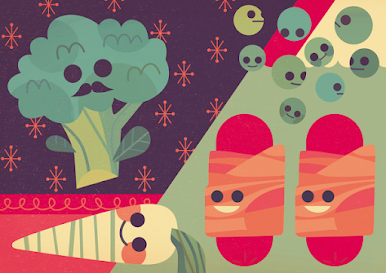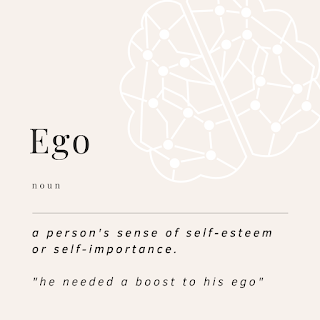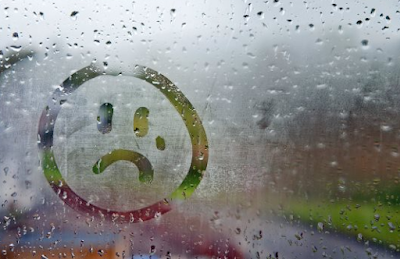ADDICTION AND THE LGBTQIA+ COMMUNITY
A SHORT
INTRODUCTION
My name is Celeste, and I am an Alcoholic. I am also a proud member of the LGBTQIA+ (Lesbian, Gay, Bisexual, Transgender, Queer/Questioning, Intersex, Asexual/Agender and more) community. An estimated 1.4 million people (almost 3% of the UK population) identified as lesbian gay or bisexual in 2019.
There is little social science research on alcohol use among the LGBTQIA+ people, however the research data available suggests that we are more likely to abuse drugs and alcohol.
GENDER IDENTITY A person’s sense of being a
man or a woman (or as someone outside of that gender binary).
SEXUAL ORIENTATION A person's physical, romantic, and/or emotional attraction to another person (for example: straight, gay, lesbian, bisexual).
CISGENDER Someone
whose gender identity matches the sex they were assigned at birth.
TRANSGENDER A generalised
term for people whose gender identity or gender expression differs from the
biological sex they were assigned at birth.
NONBINARY A person who
identifies as neither male nor female and sees themselves outside the gender
binary. This is sometimes shortened to N.B. or enby.
QUEER An umbrella
term for people who are not heterosexual or are not cisgender.
THE STATS
According
to 2021 data, LGBTQ+ people experience around double the odds of
developing alcohol dependence, compared to the general population.
Drug
use among gay and bisexual men is around three times higher than that of
heterosexual men
Drug
use is up to four times higher in lesbian and bisexual women than
amongst their heterosexual counterparts.
It
is difficult to know the prevalence alcohol and drug use specifically in the
transgender and non-binary (as well as queer/questioning, intersex and
asexual/agender), communities as studies tend to focus more on the LGB
community. Given the trend for the LGB community and addiction, it is fair to
assume that the trans and intersexual communities are also impacted in a
similar way, if not more so. It has been recognised that more research is
needed to represent LGBTQ+ women and trans/nonbinary people.
CHALLENGE ACCEPTED
It
is accepted that LGBTQIA+ people often face more challenges throughout their
lives, in addition to the usual daily stressors we all face, whatever our
orientation or identity. These challenges may not be immediately obvious, but
they are very real and can have a profound effect on the path that people’s
lives take.
People in the LGBTQIA+ community are inherently more likely
to be exposed to stigmatisation, discrimination, rejection, abuse and ostracism
from society; even given the progress that has been made in the UK over the
past couple of decades.
These challenges can often lead to members of the community developing anxiety, depression and a mistrust of institutions such as mental health and health services, whose well-meaning staff are often lacking in training to understand the complexities of being anything other than a heterosexual, cisgender person.
Lack of LGBTQIA+ friendly services, previous experience of healthcare discrimination and the impact of life challenges no doubt have an impact on these figures, with one in eight LGBT people experiencing some form of unequal treatment from healthcare staff because of their identity or orientation. LGBT people are also more likely to avoid accessing services, for fear of discrimination, which is often sadly based on past experiences.
There are three life challenges that I would like to focus
on, these being trauma, oppression and shame.
TRAUMA
Defined as a ‘deeply distressing or
disturbing experience’, trauma usually results when a person, family, or
community experiences a sudden or unexpected event, or series of events that
threatens their stability, safety, and wellness. Trauma can be experienced in many
ways, and its impact can vary from person to person. It is an extremely personal
experience and can impact one person very differently to another.
One thing is known – that people
who have suffered trauma (such as being victimised or ostracised due to their
sexual or gender identity) often use substances and maladaptive behaviours to
self-medicate and dull the emotional wounds. When the feelings that result from
trauma are unnamed and deeply buried, the initially self-soothing behaviour can
quickly evolve into a deeply rooted substance use disorder.
OPPRESSION
When we feel that we are not
allowed, or encouraged to be our authentic selves, we can develop ‘split’
identities that are defined by those around us. This is often the case with
queer children who minimise their true identity to fit in with that of others, to
gain acceptance and validation from their peers and caregivers. Well into
adulthood, this tendency to please others can take its toll on a person’s development
of identity and general ease with oneself. This often results in a range of
addictive behaviours, which provide short term relief from the confusion of not
being able to express oneself safely. As with self-soothing to manage traumatic
experiences, what initially helps someone feel soothed can quickly develop into
a substance use disorder.
SHAME
Shame is a particularly destructive
emption that anyone can face in their life; what makes it so nefarious is that
it tends to exist without serving any real purpose (unlike guilt, which is an
appropriate feeling people typically have after doing something wrong,
intentionally or accidentally).
Shame can severely damage a
person’s self-image, so they view themselves as being deeply flawed, worthless
and un-loveable. If left unattended, it can destroy relationships and
interactions, leaving the person isolated and as with trauma and oppression,
more prone to pursuing addictive behaviours.
It is important to recognise that trauma and oppression are closely related; trauma is oppressive, and oppression is traumatic, and shame almost always results from both. People from further marginalised communities are even more vulnerable as a result of historic generational trauma, such as that seen in BAME (black, Asian and minority ethnic) communities.
A QUEER RECOVERY EXPERIENCE
As we always say in AA, I can only
speak of personal experience – which is one of unconditional love and support
from every single one of my fellows in the rooms. I do happen to live in a very
diverse part of the world so my experience may differ from that of someone who
perhaps lives in a more rural area with less LGBTQIA+ representation. I would,
however, like to think that wherever one finds themselves, they find acceptance
and understanding from the AA fellowship.
In A.A. you will find a community of kindred folks from every walk of life and “of every stripe.” For those of us who identify as lesbian, gay, bisexual, transgender, queer or questioning (LGBTQ), A.A. extends a helping hand, an open heart, and a lifesaving and life-affirming program of recovery.
As we have covered in this article,
many LGBTQIA+ people spend much of their lives feeling like they don’t belong or
fit in and for some, finding AA or a similar mutual support network is the
first time they feel connected with people they can truly identify with. This
may not necessarily be due to their gender or sexual identity, but instead through
their common experience as addicts in recovery. This connection is a powerful
one, and in my opinion, transcends any other differences we may have as human
beings.
HOW TO BE A LGBTQIA+ ALLY
You may have friends who are part of
the queer community or make friends in your recovery or day to day life. Being
an ally is about helping to create
an inclusive environment where everyone can be themselves and feel safe and
included.
LISTEN to what
people from the LGBTQIA+ community are saying. What is important to them and
their identity? If someone comes out to you, respond with kindness and make it
clear you support them – it is a vulnerable time for people coming to terms
with their identity orientation.

BE VISIBLE in your
support and show the queer community you are stepping up as an ally. This could
be as simple as wearing a rainbow lanyard. However, be aware of ‘virtue
signalling’ – being an ally is about supporting a minority community, and not
about you showing everyone how caring you are. It’s a fine line and an easy one
to cross, especially on social media.
AVOID ASSUMPTIONS about
someone’s identity as it is not always obvious. Ask people what their preferred
pronouns are and try an avoid gendered language, for example, instead of
referring to someone’s girlfriend or boyfriend, use ‘partner’ instead, unless
you are sure a gendered term is preferred.
ACCEPT YOU WILL MAKE MISTAKES and that
this is part of the human experience. We can’t and won’t get it right every
time but it’s how we manage this that matters. Simply accept your mistake and
learn from the experience.
After all, as people in recovery this
is all we can do on a daily basis, one day at a time.
SOURCES AND FURTHER READING
Institute of Alcohol Studies Briefing: LGBTQ+ People and Alcohol, July 2021
Stonewall Health Report: LGBT in Britain, 2018
OutRight: LGBTQ Acronyms Explained
Experience, Strength and Hope: LGBTQ Alcoholics in A.A (approved AA literature)
LGBT Voices: Members' Personal Experiences in A.A. (approved AA literature)
Shame: Why does it come from Trauma?. August 2020




Comments
Post a Comment